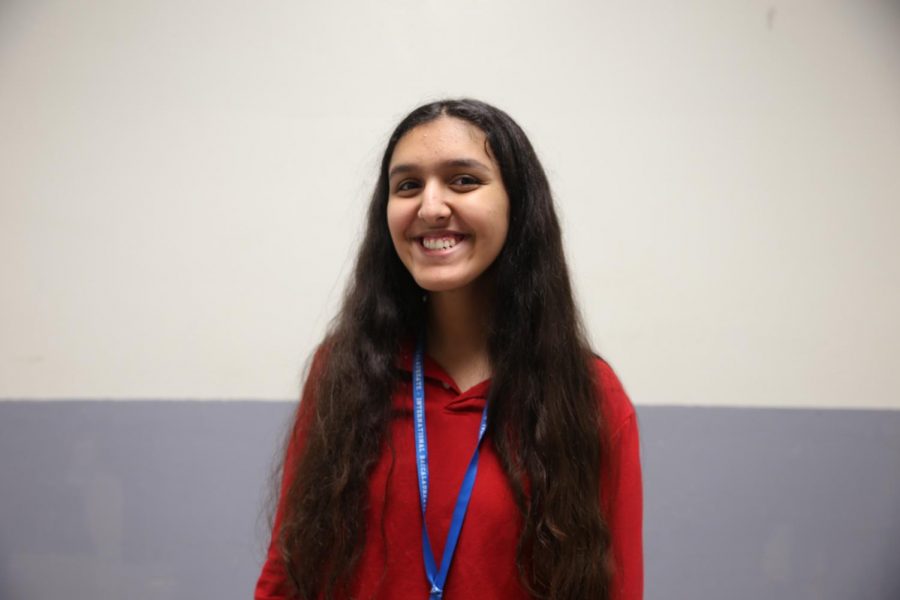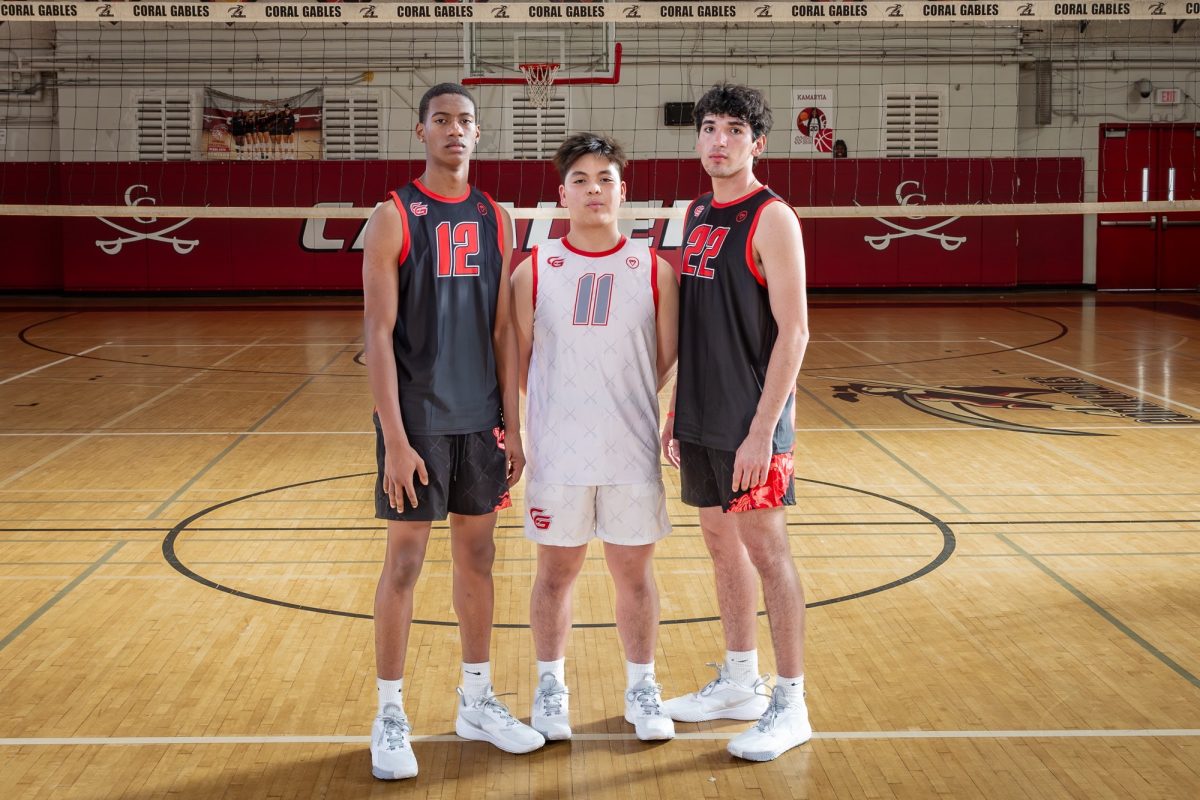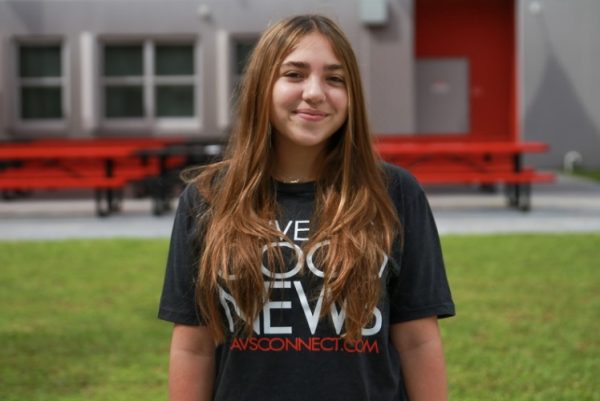Graphing for Greatness: Making Graphing Calculators Accessible
Graphing calculators like the T1-84’s provided by Hamza’s program are required materials in CGHS Pre-calculus and Calculus classes.
Mar 10, 2019
As sophomore Aya Hamza surveyed the carefully organized rows of an office supply store, she eyed the prices of the item at the top of the supply list for her International Baccalaureate math class: a graphing calculator. To her surprise, even the cheapest models cost well over $100, an exorbitant cost for a relatively simple piece of mathematical equipment.
Though Hamza was able to leave the store with the calculator, she knew that for some Miami-Dade families, spending the $139 needed to purchase a standard T1-84 graphing calculator would mean forgoing much-needed groceries, an electricity bill or a sizable portion of the monthly rent.
Despite the fact that these devices are mandatory for higher-level high school math classes, the inflated cost makes them, and therefore the math courses, inaccessible to some lower-income students throughout the county.
“I started talking about it with my dad- this is such an unreasonable expense for so many kids, especially in Miami,” sophomore Aya Hamza said.
Several months later, Hamza offered a novel solution to this under-recognized issue- a project, funded by The Children’s Trust, that creates a pool of 15 calculators at the school to allow students to check one out for the span of the school year.
The project, dubbed Graphing for Greatness, is aimed at high-achieving students from low socioeconomic backgrounds, and centered at the school for its unique status as an under-funded, over-capacity public magnet school within Miami-Dade County.
“I definitely believe that graphing calculators are overpriced for what they are. $100 or more just isn’t reasonable,” sophomore Nina Montero said.
In addition to the 15 calculators for general use, an additional T1-84 graphing calculator has been donated via the Graphing for Greatness project that will be permanently given to one student on a scholarship basis. To apply, students should fill out this google form with some basic information such as their name, grade, math level and grades, extra-curriculars and why they want the calculator to be donated to them.
Beyond simply providing the school with more technical equipment, for Hamza, this project is a small step in bridging “the greatest gap among major U.S. cities between the rich and the poor” that exists in Miami, as reported by the Miami Herald. Providing students with the ability to take advanced mathematics courses also enhances their odds of being accepted to colleges or offered scholarship money.
Schools like the Massachusetts Institute of Technology require that applicants have completed a calculus class, while applicants to science-based majors at universities such as Boston College and the University of Washington require a passing pre-calculus credit. Both these classes require graphing calculators. Even when applying for in-state colleges, a high level math class certainly looks impressive on a high school transcript, and may aid in earning merit scholarships that make higher education debt-free.
Such an advantageous program does not come without careful planning and research. Hamza, the president of the Children’s Trust Central Youth Advisory Committee, revisited the issue of overpriced graphing calculators while thinking of a community service project for the trust to undertake in 2019.
She prepared a PowerPoint presentation outlining the problem and explaining the possible solution down to the meticulously calculated $1759.68 total cost to the Trust. Among five proposals, Graphing for Greatness was chosen by the members of the Youth Advisory Committee (YAC) as a 2019 community service project, and most of their $2,500 budget was dedicated to making it a reality.
Graphing for Greatness was approved by the student activities director, Ana Suarez, on March 6. It is being immediately set into motion by the board of the Children’s Fund and will commence shortly out of Mr. Grapel’s room (room 2121).











